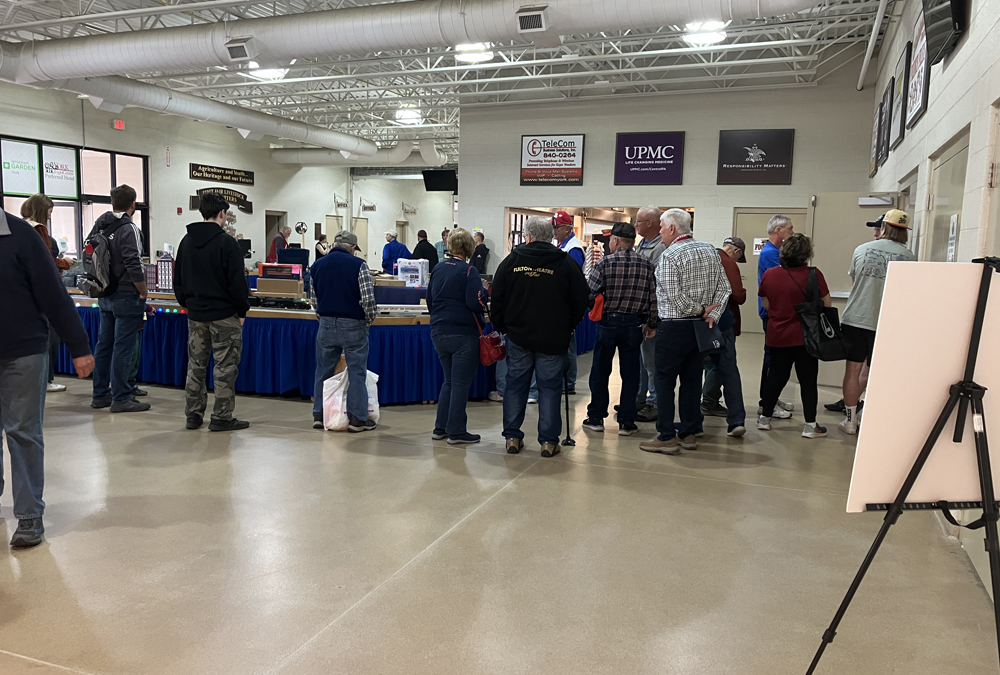
While working the recent TCA Eastern Division York show, Roger Carp and I heard three rumors about the magazine. We’d like to share the questions–and answers–here. Classic Toy Trains is no longer printing issues Yes, we are still printing issues on a quarterly schedule. We also offer digital issues. If you’re a print subscriber, nothing […]
Read More…
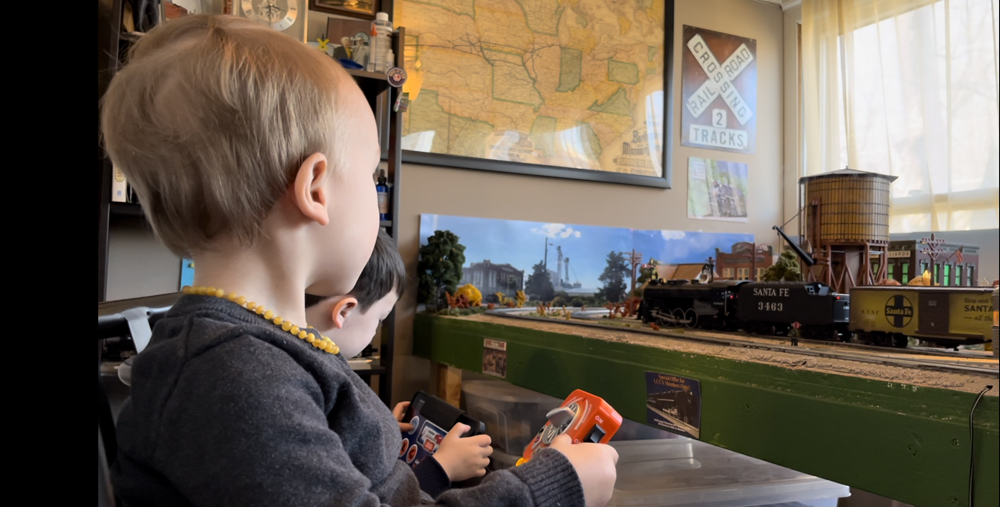
I’ve had a lifelong fascination with trains, stemming from my father’s near 40-year career on the Santa Fe (and later BNSF) railroad. Some of my fondest childhood memories included trips to the train depot in Fort Madison, Iowa where I would see freight trains come and go. When I was 8 years old, I’ll never […]
Read More…
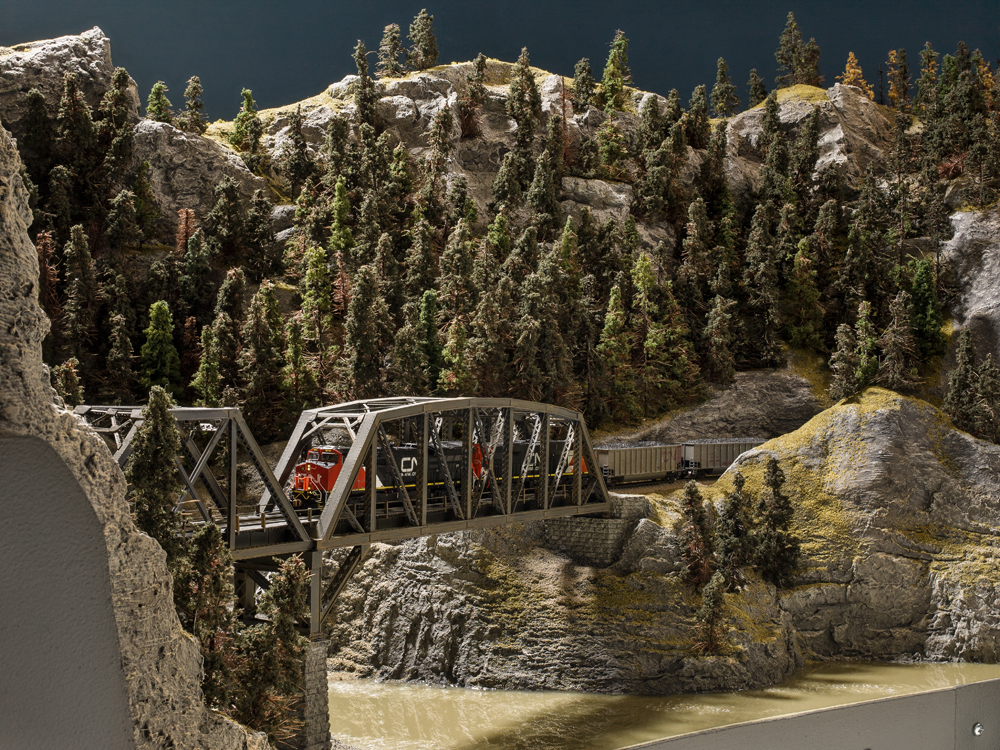
Mountains have long been a popular scenic feature on model railroads. Sometimes they’re incorporated to accurately re-create a prototype location. Other times they’re used to help conceal a tunnel, helix, or turnback curve. Regardless their purpose, there is no denying mountains are dramatic and add visual interest to a model railroad. All of the methods […]
Read More…
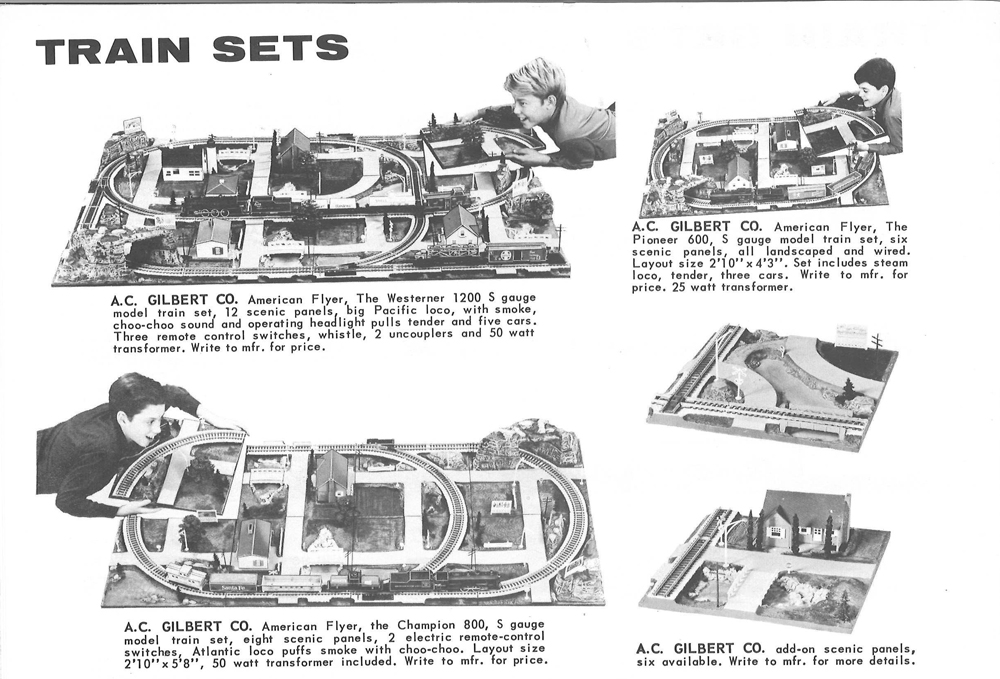
Tucked away in a drawer, I discovered a “Model Railroad Equipment Buyer’s Guide 1965-66” booklet, published by Kalmbach Publishing. It contained a variety of books, tools, and yes, model trains. While the majority of the booklet focused on HO scale trains, page seven was a surprise. It contains several American Flyer train sets and scenic […]
Read More…
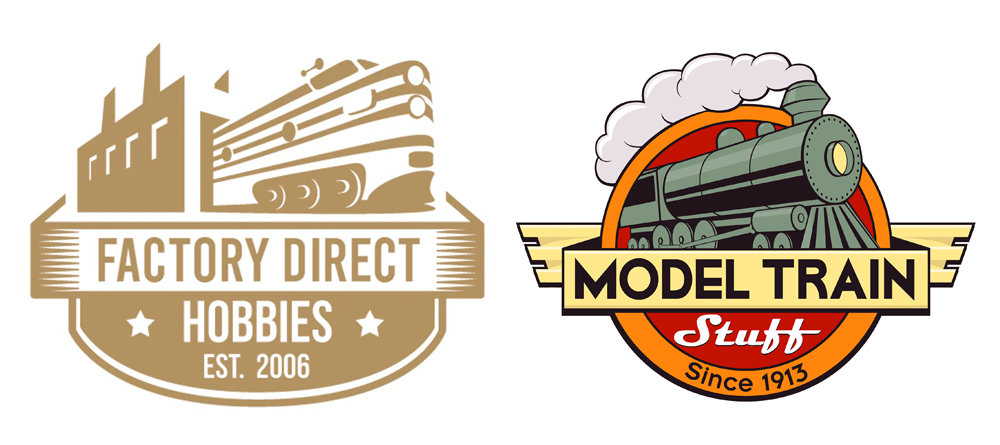
Seemingly bringing an end to a saga of uncertainty, Model Train Stuff is set to reopen under the Factory Direct Hobbies family. In a statement released by Factory Direct Hobbies President Joe Grubba, it was announced that M.B. Klein and Model Train Stuff will live on as a part of the Arden, North Carolina-based company. […]
Read More…

Rails of Sheffield has announced that it has bought the Hattons brand, allowing the famed company’s legacy to live on for years to come. Per a statement released by Rails of Sheffield: “We are pleased to annnounce that we have now brought ‘Hattons Model Railways’ into the Rails family! It was a shock to the […]
Read More…
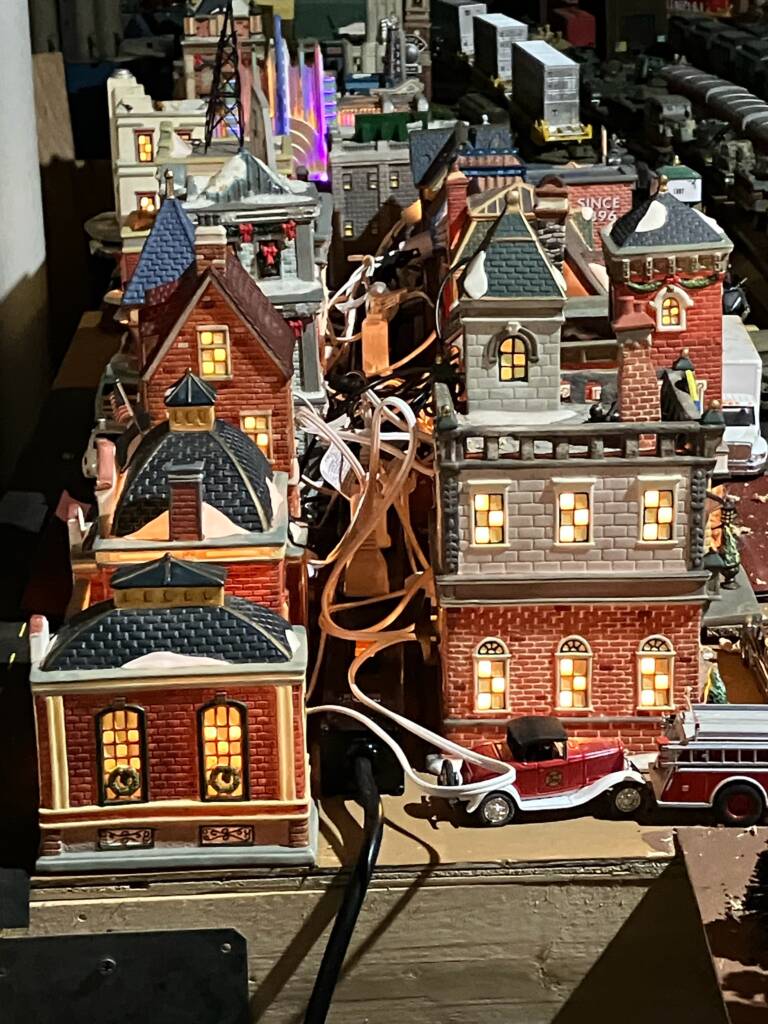
You’ve learned a few things about toy trains, and maybe even bought a few items or pieces of track. You have a spare room and would like to build a layout. What’s next? Before you start building, we’ve got a list of what to consider first. No. 1 Consider your space Consider the room or […]
Read More…
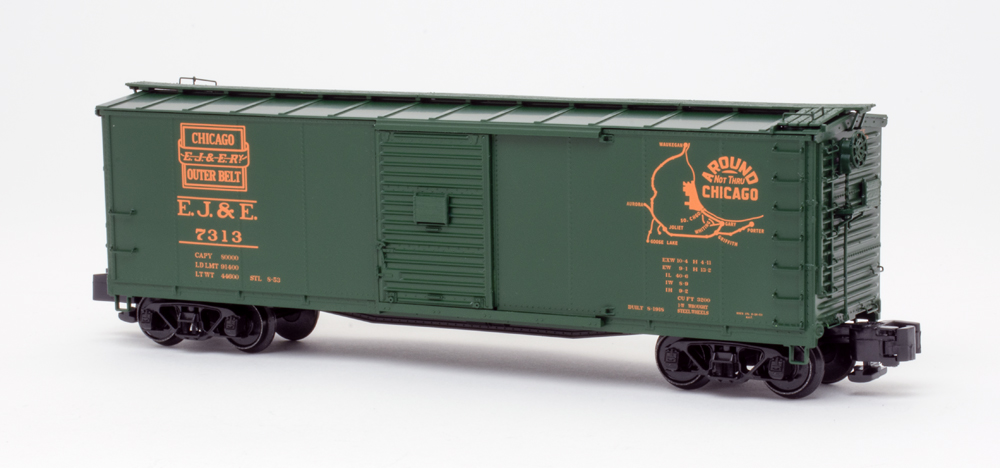
The ScaleTrains S gauge 40-foot boxcar, based on a United States Railroad Administration (USRA) rebuilt steel prototype, is in hobby shops now. The model, the company’s second release in its S-Helper Service line, is offered ready-to-run in 10 paint schemes and as a kit in two versions. The prototype The sample we received is decorated […]
Read More…
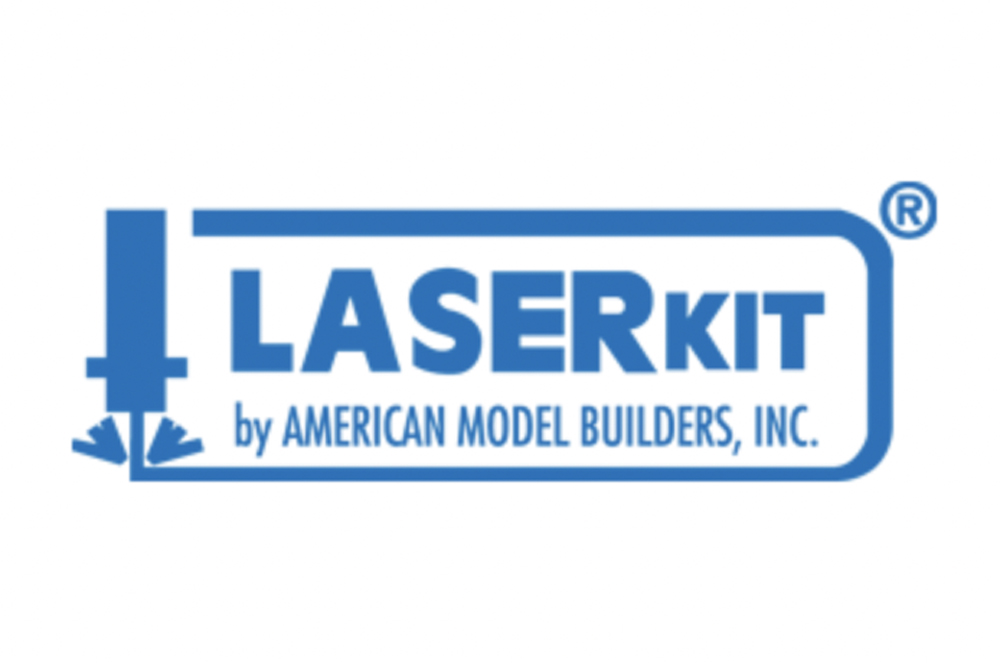
After over 40 years of business, American Model Builders Inc. has announced their closure via their website. A statement posted to laserkit.com reads: “American Model Builders is now closed and the LASERkit product line has been discontinued. The family of the late John Hitzeman, founder and owner, and the extended AMB family, would like to […]
Read More…
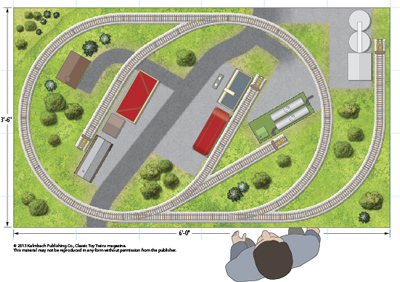
Layout designer: William Holt Scale: S Layout size: 3.5 x 6 feet Track type: MTH S-Trax Minimum curve: R-19 curve Originally appeared in the November 2013 issue of Classic Toy Trains. An S gauge starter set oval with add-ons An S gauge starter set oval with add-ons schematic An S gauge starter set oval […]
Read More…
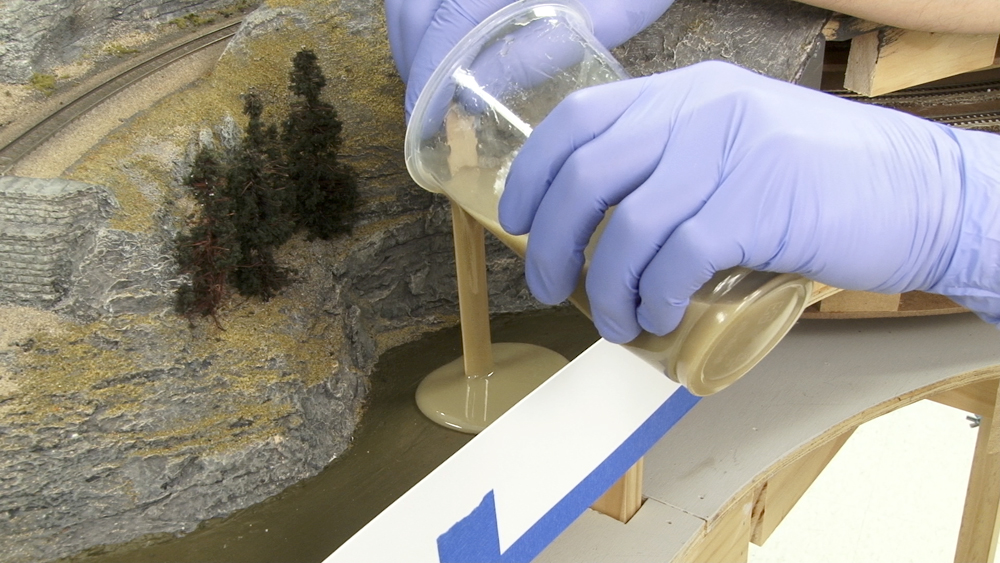
The evolution of model railroad scenery products has been fun to watch. In prior generations, molded-Styrofoam mountains and scenery mats with dyed green sawdust were considered the norm. Today, we’re blessed with a variety of tools and products that make our layouts look more like what we see when we’re standing trackside. In this article, […]
Read More…
![Lionel Rio Grande and Missouri Pacific 6464 boxcars], tends to attract attention](https://www.trains.com/wp-content/uploads/2021/01/CTT_how_to_value_toy_trains3_0121.jpg)
One of the most frequent questions Classic Toy Trains readers ask is, “What are my trains worth?” It’s hard to get an accurate answer. There are some key points to consider: Demand Toy trains’ increase in value depends on: • Are the cars well known throughout the hobby and therefore attractive to potential purchasers? • […]
Read More…











![Lionel Rio Grande and Missouri Pacific 6464 boxcars], tends to attract attention](https://www.trains.com/wp-content/uploads/2021/01/CTT_how_to_value_toy_trains3_0121.jpg)
